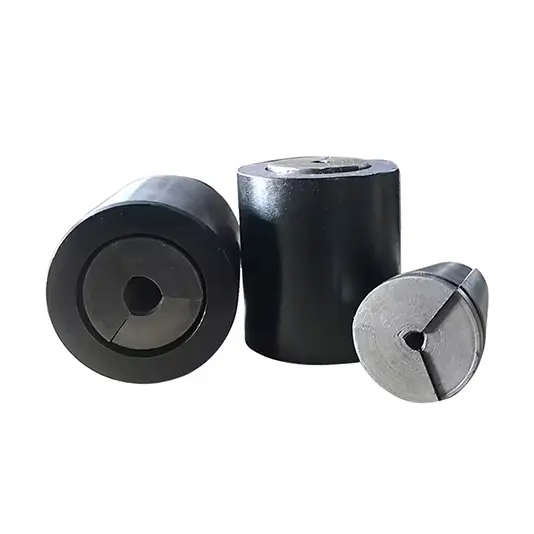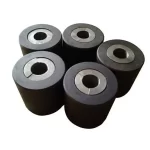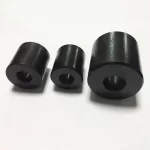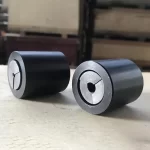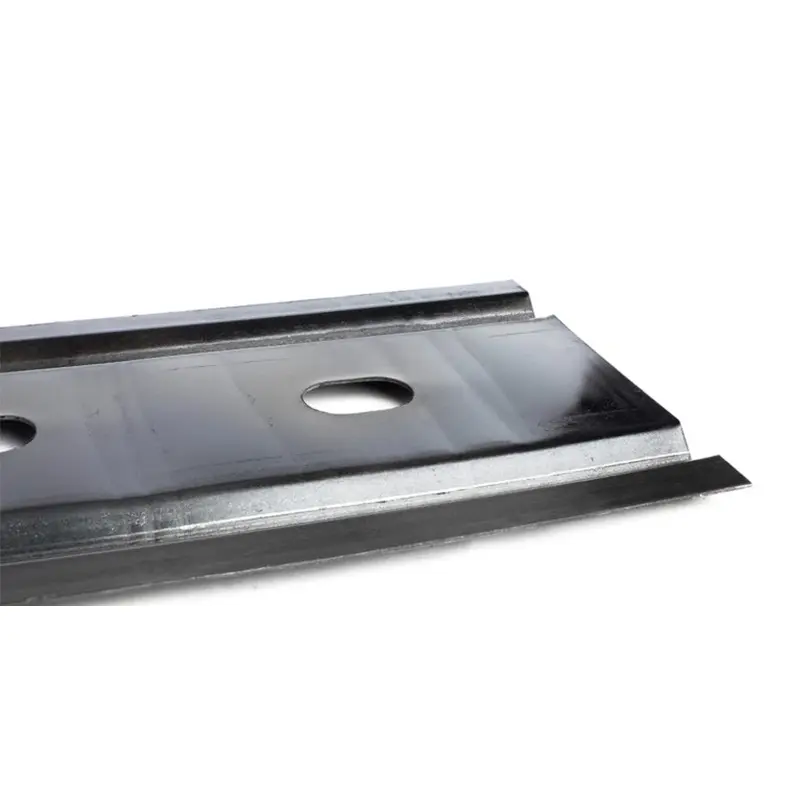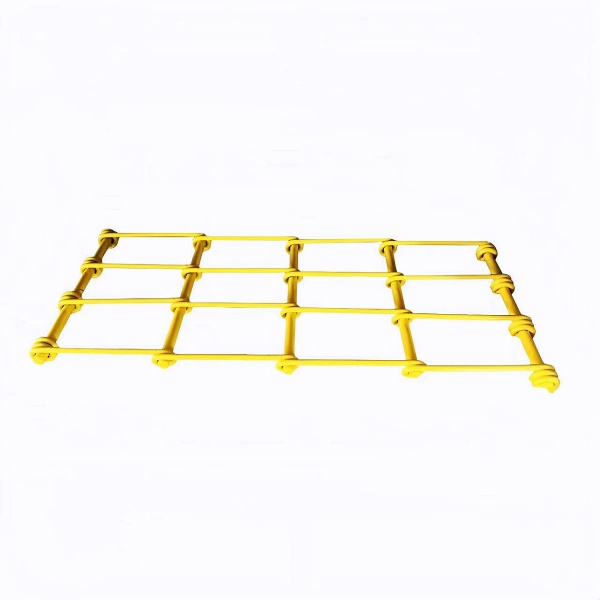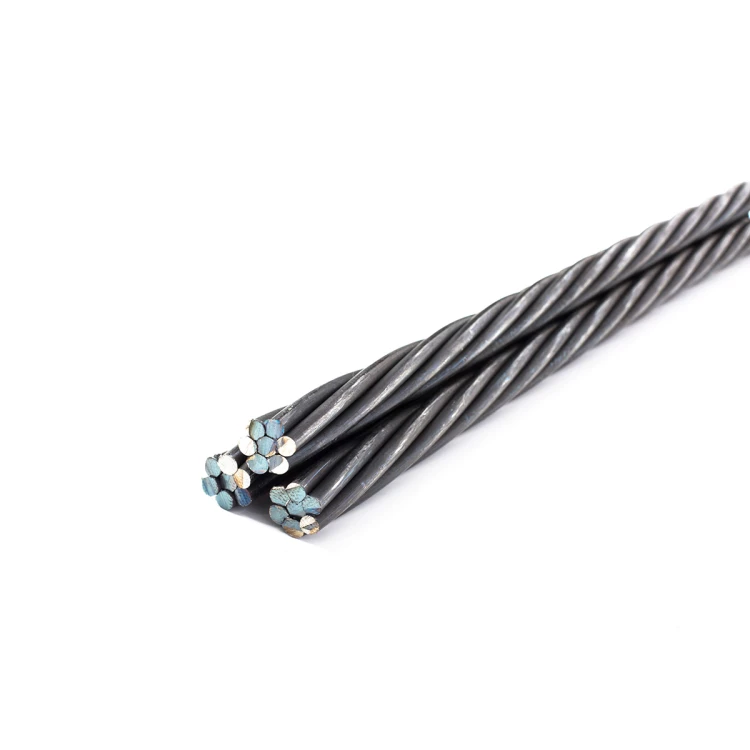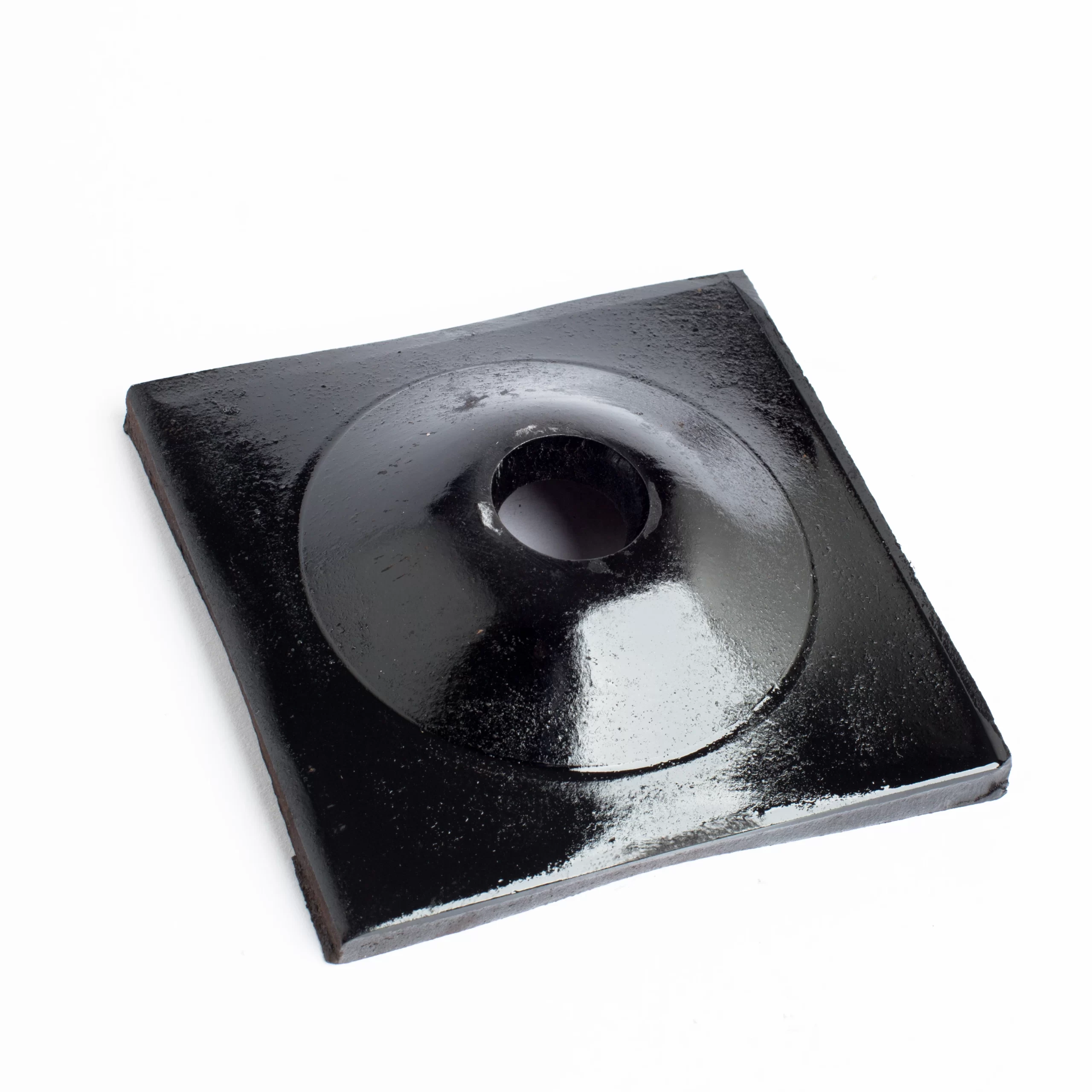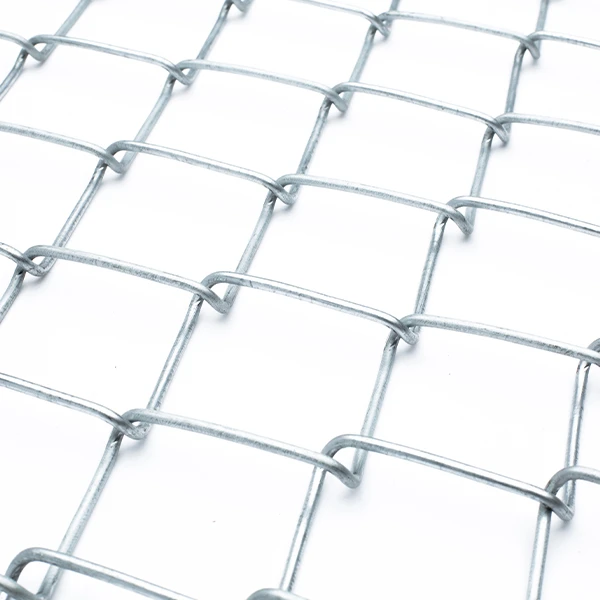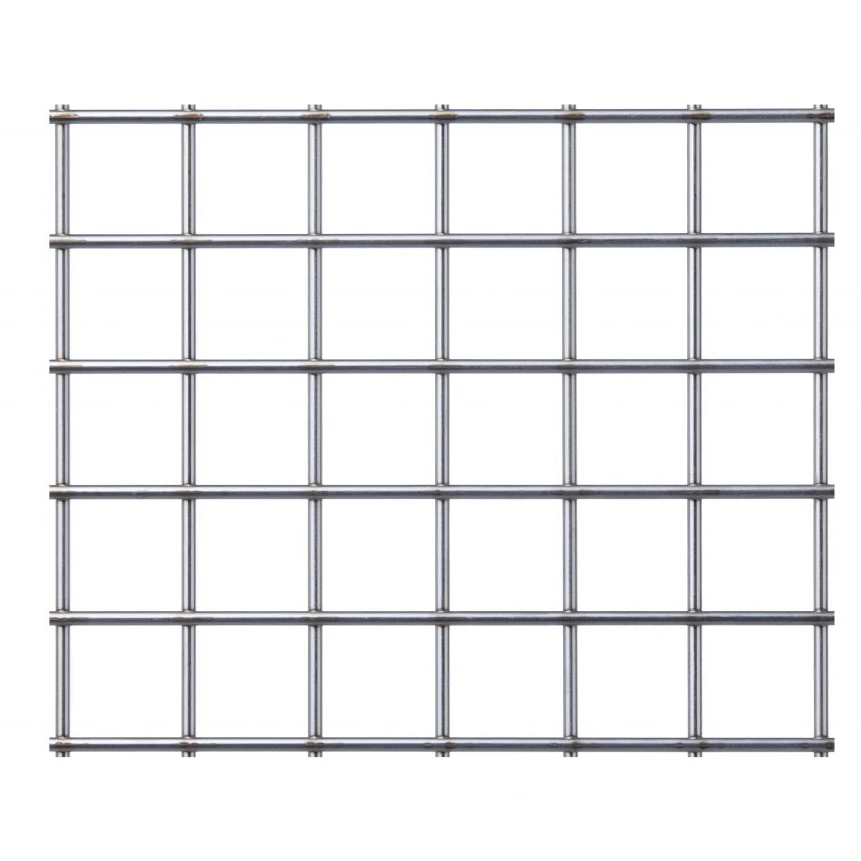Mine Single/Multi-Hole High-Strength Steel Strand Lock
Composition
Anchor cables are generally composed of wire ropes, anchors, prestressed elements, etc.
1.Wire rope
The steel wire rope is one of the most important components of the anchor rope. It is composed of multiple strands of metal wire ropes. Its main function is to withstand the tension of the anchor cable, and at the same time it must have a certain degree of elasticity to cope with changes in the external environment.
2.Anchors
The anchor is another important component of the anchor cable. It is mainly used to fix the wire rope in the soil or rocks to prevent it from being pulled out or sliding. The material selection and design of anchors must consider various factors such as geological conditions, anchor cable tension and external forces.
3.Prestressed
Prestressing is a way to gain additional strength in a structural system in the form of anchor cable tension. Prestressed anchor cables are usually used in large bridges, foundation treatment, deep foundation pits, tunnel excavation and earthquake projects. It increases the load-bearing capacity of the structural system by converting the compressive stress on the steel wire rope into the prestress of the concrete or rock mass.
4.Other auxiliary materials
In addition to wire ropes, anchors and prestressing forces, anchor cables also require some auxiliary materials, such as anchor cable protection tubes, guide wheels, tension instruments, etc., to ensure good performance and safety of the anchor cables.

Installation Process
1.Preparatory work
1.1: Determine the engineering location and length of the anchor cable.
1.2 : Arrange the specifications and tensioning method of the steel strand.
1.3: Prepare the required tools and equipment, such as lifting machinery, etc.
1.4: Make sure the work site is safe.
2.Anchor installation
2.1: Determine the installation location of the anchorage, and conduct ground detection and marking.
2.2: Drill holes and clean the dust, soil and other impurities in the holes.
2.3: Install the anchor, insert the anchor into the hole and pour concrete for reinforcement to ensure the anchor is tight.
2.4: A load test should be performed after installing the anchor to ensure that the anchor can withstand the expected load.
3.Rope installation
3.1: Install accessories such as ties and pads on the anchor.
3.2: Insert the rope, insert the steel strand into the anchor in advance, maintain a certain tension, and maintain the verticality and flatness of the rope.
3.3: Use special tools to tighten the rope until the tension reaches the design requirements.
4.Tension
4.1: Install the tensioner and connect the ropes.
4.2: Tension according to the design requirements until the required preload force is reached.
4.3: During the tensioning process, each rope should be monitored to ensure that the tensioning strength meets the requirements.
4.4: Tension according to the specified tensioning level, and perform tensioning and locking when the requirements are met.
Acceptance
After the anchor cable is installed, acceptance should be carried out, including load testing, visual inspection, measurement and testing, etc. Make sure that the installation of the anchor cable complies with relevant standards and requirements, and it can be put into use only after passing the acceptance inspection.

Advantage
1.High anchoring force:
Both prestressing and full-length anchoring can be applied, and the anchoring depth can be freely selected.
2.High number of anchors, high safety:
The advantage of this structure of the anchor is that even if the anchoring effect of one of the steel strands is lost, the overall anchorage failure will not occur, and each bundle of steel strands The number of entries will not be limited.
3.Wide scope of application:
Anchors are mainly used in construction projects such as house structures, bridge construction projects, dams and ports, water conservancy projects, power stations and other engineering construction fields.
4.Can be used permanently:
the material is corrosion-resistant and rust-resistant, stable and durable, and saves material costs.
5.High safety factor:
It plays a stable and safe role in the building and is an essential construction link in the construction.






